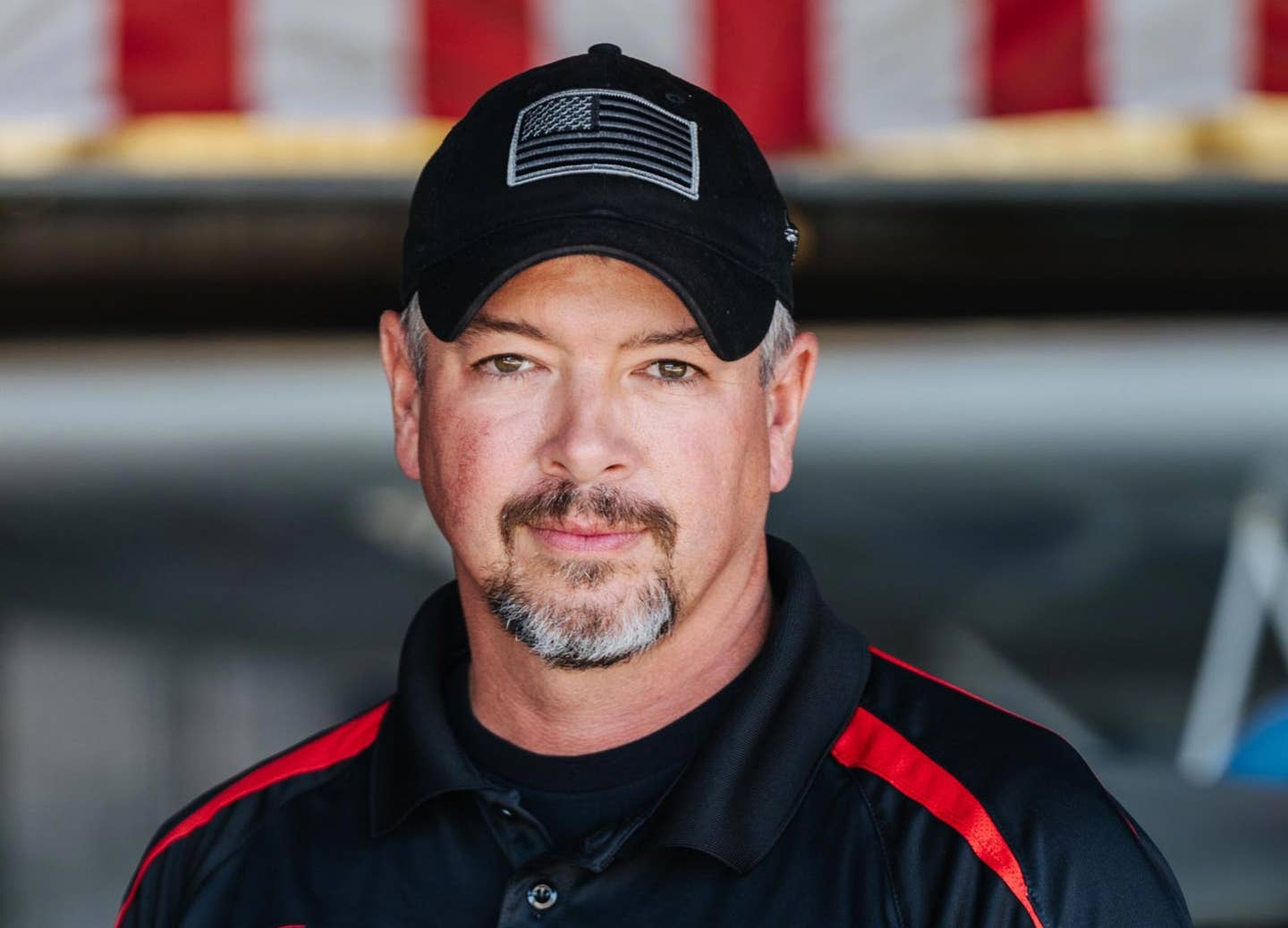Apollo 8 Astronaut William Anders Dies In Washington Plane Crash
Retired Maj. Gen. William Anders, former Apollo 8 astronaut, was killed Friday when the plane he was piloting crashed near the San Juan Islands in Washington. His son, Retired Air…

Retired Maj. Gen. William Anders, former Apollo 8 astronaut, was killed Friday when the plane he was piloting crashed near the San Juan Islands in Washington.
His son, Retired Air Force Lt. Col. Greg Anders, confirmed the death to The Associated Press writing, “The family is devastated. He was a great pilot and we will miss him terribly.”
The FAA and NTSB stated that Anders was the sole occupant of the Beechcraft T-34 Mentor aircraft when it crashed into the water near Roche Harbor, Washington, around 11:40 a.m. local time. The crash is currently under investigation.
90-year-old Anders was best known for the 1968 Apollo 8 mission and taking the iconic “Earthrise” photo capturing the planet as a shadowed blue marble from space. He called the photo his most significant contribution to the space program.
Anders was selected as an astronaut by NASA in 1964 and served as the backup pilot for the Gemini 11 mission in 1966 and the Apollo 11 flight in 1969. According to the agency, Anders accumulated more than 6,000 hours of flight time.
NASA Administrator Bill Nelson paid tribute to Anders on X, writing that Anders "traveled to the threshold of the Moon" in the Apollo 8 mission "and helped all of us see something else: ourselves. He embodied the lessons and the purpose of exploration. We will miss him."






